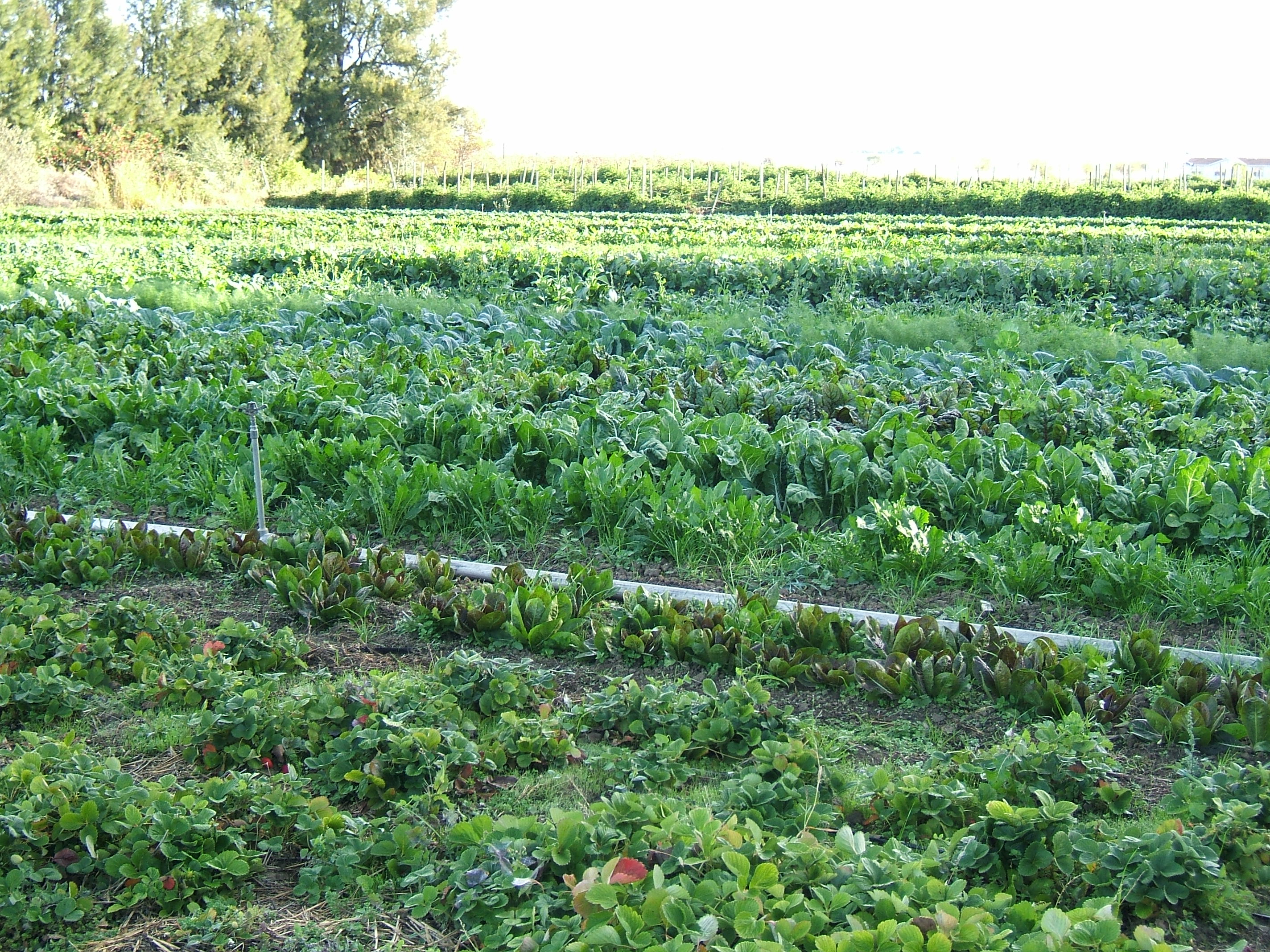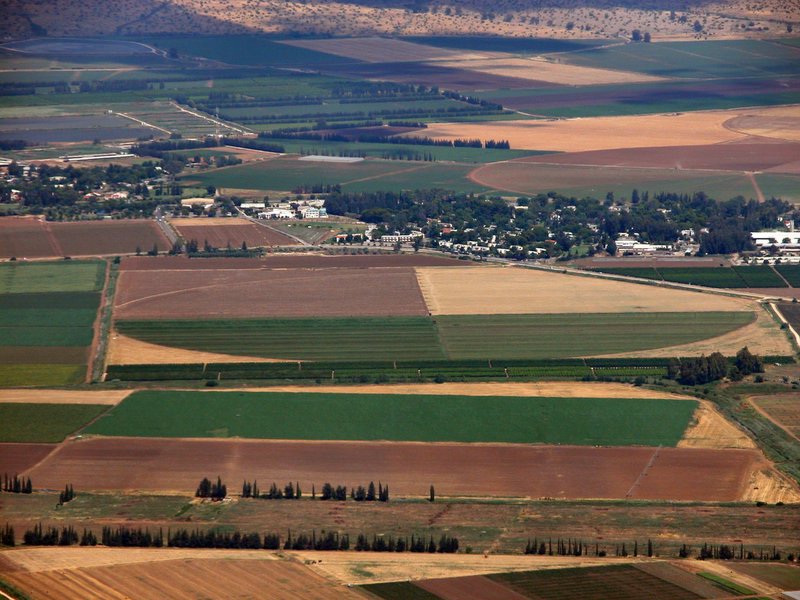|
Indian Institute Of Natural Resins And Gums
The Indian Institute of Natural Resins and Gums (acronym IINRG), formerly known as the Indian Lac Research Institute, is an autonomous institute, established under the umbrella of Indian Council of Agricultural Research (ICAR) by the Ministry of Agriculture, Government of India for advanced research on lac and other natural resins and gums. The Institute is located at Namkum, Ranchi in Jharkhand, India. Profile The Indian Institute of Natural Resins and Gums (IINRG) was originally established as ''Indian Lac Research Institute (ILRI)'' for acting as a nodal agency for the research and development of lac and other natural resins and gums on 20 September 1924. The Institute was mandated to focus its attention on crop harvesting and tapping, produce processing, development of products, training, information repository, technology dissemination and liaison with other national and international agencies. IINRG owes its origin to the recommendations of Lindsay- Harlow Committee, ... [...More Info...] [...Related Items...] OR: [Wikipedia] [Google] [Baidu] |
Namkum
Namkum is a community development block (CD block) forming an administrative division in the Ranchi Sadar subdivision of Ranchi district in the state of Jharkhand. Geography Namkum is located at 23°21'N 85°22'E. Namkum CD block is located on the Ranchi plateau proper. It has an average elevation of above mean sea level and the land is undulating. Namkum CD block is bounded by the Kanke and Angara CD blocks on the north, Rahe CD block on the east, Khunti CD block in Khunti district on the south, and Nagri block CD block on the west. Namkum CD block has an area of 415.61 km2. Namkum police station serves Namkum CD block. The headquarters of Namkum CD block is located at Namkum town. Demographics Population According to the 2011 Census of India, Namkum CD block had a total population of 145,841, of which 118,002 were rural and 27,839 were urban. There were 74,142 (51%) males and 71,699 (49%) females. Population in the age range 0–6 years was 20,814. Sche ... [...More Info...] [...Related Items...] OR: [Wikipedia] [Google] [Baidu] |
Guggul
''Commiphora wightii'', with common names Indian bdellium-tree, gugal, guggal, guggul, gugul, or mukul myrrh tree, is a flowering plant in the family Burseraceae, which produces a fragrant resin called gugal, guggul or gugul, that is used in incense and vedic medicine (or ayurveda). The species is native to western India, from where it was introduced westward to southern Pakistan and the middle-east. It prefers arid and semi-arid climates and is tolerant of poor soil. Description ''Commiphora wightii'' grows as a shrub or small tree, reaching a maximum height of , with thin papery bark. The branches are thorny. The leaves are simple or trifoliate, the leaflets ovate, long, broad, and irregularly toothed. It is gynodioecious, with some plants bearing bisexual and male flowers, and others with female flowers. The individual flowers are red to pink, with four small petals. The small round fruit are red when ripe. Cultivation and uses ''Commiphora wightii'' is sought for its ... [...More Info...] [...Related Items...] OR: [Wikipedia] [Google] [Baidu] |
Forestry Research
Forestry is the science and craft of creating, managing, planting, using, conserving and repairing forests and woodlands for associated resources for human and environmental benefits. Forestry is practiced in plantations and natural stands. The science of forestry has elements that belong to the biological, physical, social, political and managerial sciences. Forest management plays an essential role in the creation and modification of habitats and affects ecosystem services provisioning. Modern forestry generally embraces a broad range of concerns, in what is known as multiple-use management, including: the provision of timber, fuel wood, wildlife habitat, natural water quality management, recreation, landscape and community protection, employment, aesthetically appealing landscapes, biodiversity management, watershed management, erosion control, and preserving forests as "sinks" for atmospheric carbon dioxide. Forest ecosystems have come to be seen as the most important comp ... [...More Info...] [...Related Items...] OR: [Wikipedia] [Google] [Baidu] |
Research Institutes In Jharkhand
Research is creative and systematic work undertaken to increase the stock of knowledge. It involves the collection, organization, and analysis of evidence to increase understanding of a topic, characterized by a particular attentiveness to controlling sources of bias and error. These activities are characterized by accounting and controlling for biases. A research project may be an expansion of past work in the field. To test the validity of instruments, procedures, or experiments, research may replicate elements of prior projects or the project as a whole. The primary purposes of basic research (as opposed to applied research) are documentation, discovery, interpretation, and the research and development (R&D) of methods and systems for the advancement of human knowledge. Approaches to research depend on epistemologies, which vary considerably both within and between humanities and sciences. There are several forms of research: scientific, humanities, artistic, economic, s ... [...More Info...] [...Related Items...] OR: [Wikipedia] [Google] [Baidu] |
Agricultural Research Institutes In India
Agriculture encompasses crop and livestock production, aquaculture, and forestry for food and non-food products. Agriculture was a key factor in the rise of sedentary human civilization, whereby farming of domesticated species created food surpluses that enabled people to live in the cities. While humans started gathering grains at least 105,000 years ago, nascent farmers only began planting them around 11,500 years ago. Sheep, goats, pigs, and cattle were domesticated around 10,000 years ago. Plants were independently cultivated in at least 11 regions of the world. In the 20th century, industrial agriculture based on large-scale monocultures came to dominate agricultural output. , small farms produce about one-third of the world's food, but large farms are prevalent. The largest 1% of farms in the world are greater than and operate more than 70% of the world's farmland. Nearly 40% of agricultural land is found on farms larger than . However, five of every six farms in t ... [...More Info...] [...Related Items...] OR: [Wikipedia] [Google] [Baidu] |
Agroecology
Agroecology is an academic discipline that studies ecological processes applied to agricultural production systems. Bringing ecological principles to bear can suggest new management approaches in agroecosystems. The term can refer to a science, a movement, or an agricultural practice.Wezel, A., Bellon, S., Doré, T., Francis, C., Vallod, D., David, C. (2009)Agroecology as a science, a movement or a practice. A review. Agronomy for Sustainable Development Agroecologists study a variety of agroecosystems. The field of agroecology is not associated with any one particular method of farming, whether it be organic, regenerative, integrated, or industrial, intensive or extensive, although some use the name specifically for alternative agriculture. Definition Agroecology is defined by the OECD as "the study of the relation of agricultural crops and environment." Dalgaard ''et al''. refer to agroecology as the study of the interactions between plants, animals, humans and the envir ... [...More Info...] [...Related Items...] OR: [Wikipedia] [Google] [Baidu] |
Organic Agriculture
Organic farming, also known as organic agriculture or ecological farming or biological farming,Labelling, article 30 o''Regulation (EU) 2018/848 of the European Parliament and of the Council of 30 May 2024 on organic production and labelling of organic products and repealing Council Regulation (EC) No 834/2007.''/ref> is an agricultural system that emphasizes the use of naturally occurring, non-synthetic inputs, such as compost manure, green manure, and bone meal and places emphasis on techniques such as crop rotation, companion planting, and mixed farming, mixed cropping. Biological pest control methods such as the fostering of insect predators are also encouraged. Organic agriculture can be defined as "an integrated farming system that strives for sustainability, the enhancement of soil fertility and biological diversity while, with rare exceptions, prohibiting synthetic pesticides, antibiotics, synthetic fertilizers, genetically modified organisms, and growth hormones". It ori ... [...More Info...] [...Related Items...] OR: [Wikipedia] [Google] [Baidu] |
Ecology
Ecology () is the natural science of the relationships among living organisms and their Natural environment, environment. Ecology considers organisms at the individual, population, community (ecology), community, ecosystem, and biosphere levels. Ecology overlaps with the closely related sciences of biogeography, evolutionary biology, genetics, ethology, and natural history. Ecology is a branch of biology, and is the study of abundance (ecology), abundance, biomass (ecology), biomass, and distribution of organisms in the context of the environment. It encompasses life processes, interactions, and adaptations; movement of materials and energy through living communities; ecological succession, successional development of ecosystems; cooperation, competition, and predation within and between species; and patterns of biodiversity and its effect on ecosystem processes. Ecology has practical applications in fields such as conservation biology, wetland management, natural resource m ... [...More Info...] [...Related Items...] OR: [Wikipedia] [Google] [Baidu] |
Agroecosystem Analysis
Agroecosystem analysis is a thorough analysis of an agricultural environment which considers aspects from ecology, sociology, economics, and politics with equal weight. There are many aspects to consider; however, it is literally impossible to account for all of them. This is one of the issues when trying to conduct an analysis of an agricultural environment. In the past, an agroecosystem analysis approach might be used to determine the sustainability of an agricultural system. It has become apparent, however, that the "sustainability" of the system depends heavily on the definition of sustainability chosen by the observer. Therefore, agroecosystem analysis is used to bring the richness of the true complexity of agricultural systems to an analysis to identify reconfigurations of the system (or ''holon'') that will best suit individual situations. Agroecosystem analysis is a tool of the multidisciplinary subject known as Agroecology. Agroecology and agroecosystem analysis are not th ... [...More Info...] [...Related Items...] OR: [Wikipedia] [Google] [Baidu] |
Agroecosystem
Agroecosystems are the ecosystems supporting the food production systems in farms and gardens. As the name implies, at the core of an agroecosystem lies the human activity of agriculture. As such they are the basic unit of study in Agroecology, and Regenerative Agriculture using ecological approaches. Like other ecosystems, agroecosystems form partially closed systems in which animals, plants, microbes, and other living organisms and their environment are interdependent and regularly interact. They are somewhat arbitrarily defined as a spatially and functionally coherent unit of agricultural activity.Agro-ecosystem Health Project. 1996. Agroecosystem health. University of Guelph, Guelph, Canada. An agroecosystem can be seen as not restricted to the immediate site of agricultural activity (e.g. the farm). That is, it includes the region that is impacted by this activity, usually by changes to the complexity of species assemblages and energy flows, as well as to the net nutrient ... [...More Info...] [...Related Items...] OR: [Wikipedia] [Google] [Baidu] |
Agroecological Restoration
Biodiversity in agriculture is the measure of biodiversity found on agricultural land. Biodiversity is the total diversity of species present in an area at all levels of biological organization. It is characterized by heterogeneous habitats that support the diverse ecological structure. In agricultural areas, biodiversity decreases as varying landscapes are lost and native plants are replaced with cultivated crops. Increasing biodiversity in agriculture can increase the sustainability of farms through the restoration of ecosystem services that aid in regulating agricultural lands. Biodiversity in agriculture can be increased through the process of agroecological restoration, as farm biodiversity is an aspect of agroecology. Biodiversity is the measure of biotic and abiotic diversity in an ecosystem, described by heterogeneity. The loss of biodiversity in agriculture has been an increasing issue since the global increase of food demands and success of popular crops. This loss of h ... [...More Info...] [...Related Items...] OR: [Wikipedia] [Google] [Baidu] |
Frankincense 2005-12-31
Frankincense, also known as olibanum (), is an Aroma compound, aromatic resin used in incense and perfumes, obtained from trees of the genus ''Boswellia'' in the family (biology), family Burseraceae. The word is from Old French ('high-quality incense'). There are several species of ''Boswellia'' that produce true frankincense: ''Boswellia sacra'' (synonym (taxonomy), syn. ''B. bhaw-dajiana'', syn. ''B. carteri''), ''Boswellia frereana, B. frereana'', ''Boswellia serrata, B. serrata'' (''B. thurifera''), and ''Boswellia papyrifera, B. papyrifera''. Resin from each is available in various grades, which depends on the time of harvesting. The resin is hand-sorted for quality. Etymology The English word ''frankincense'' derives from the Old French expression , meaning 'true incense', maybe with the sense of 'high quality incense'. The adjective in Old French meant 'noble, true', in this case perhaps 'pure'; although ''franc'' is ultimately derived from the tribal name of the Franks, ... [...More Info...] [...Related Items...] OR: [Wikipedia] [Google] [Baidu] |







